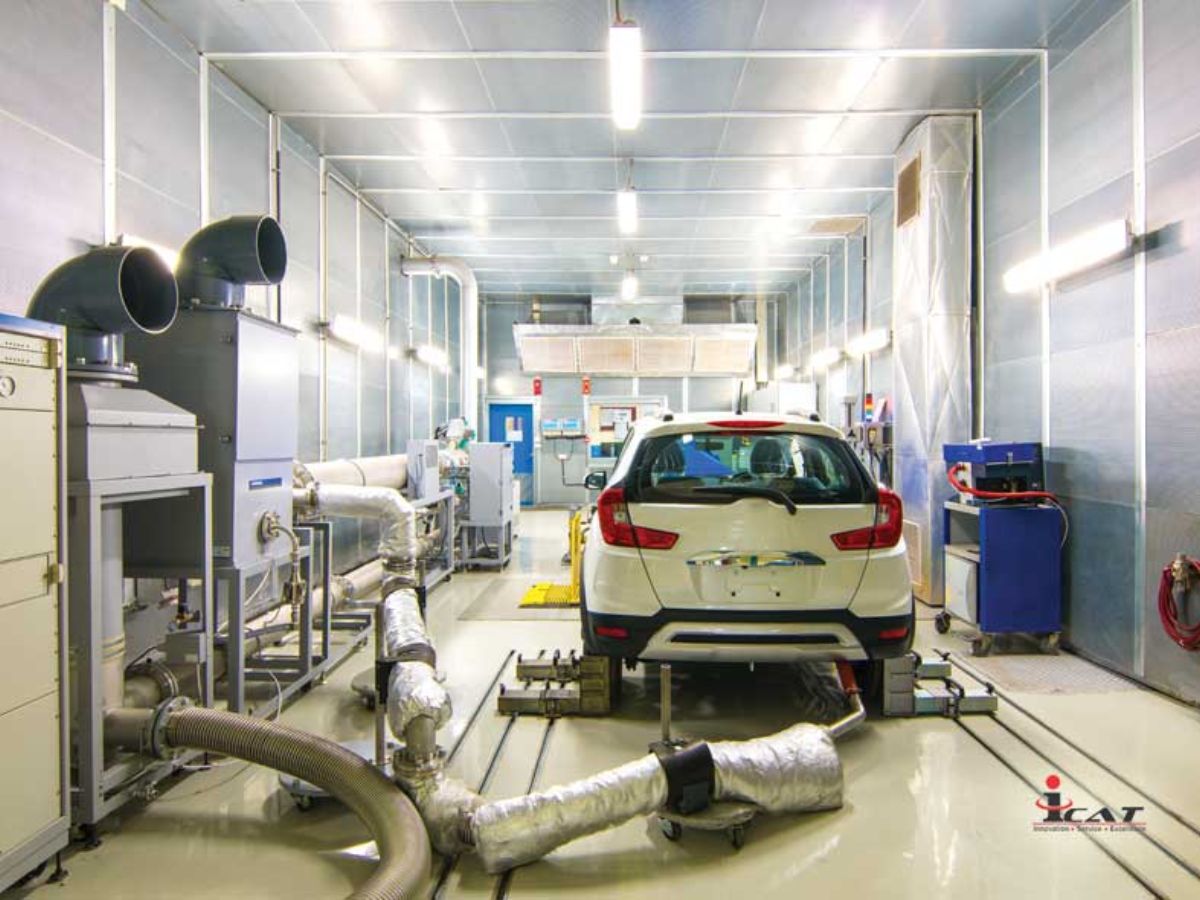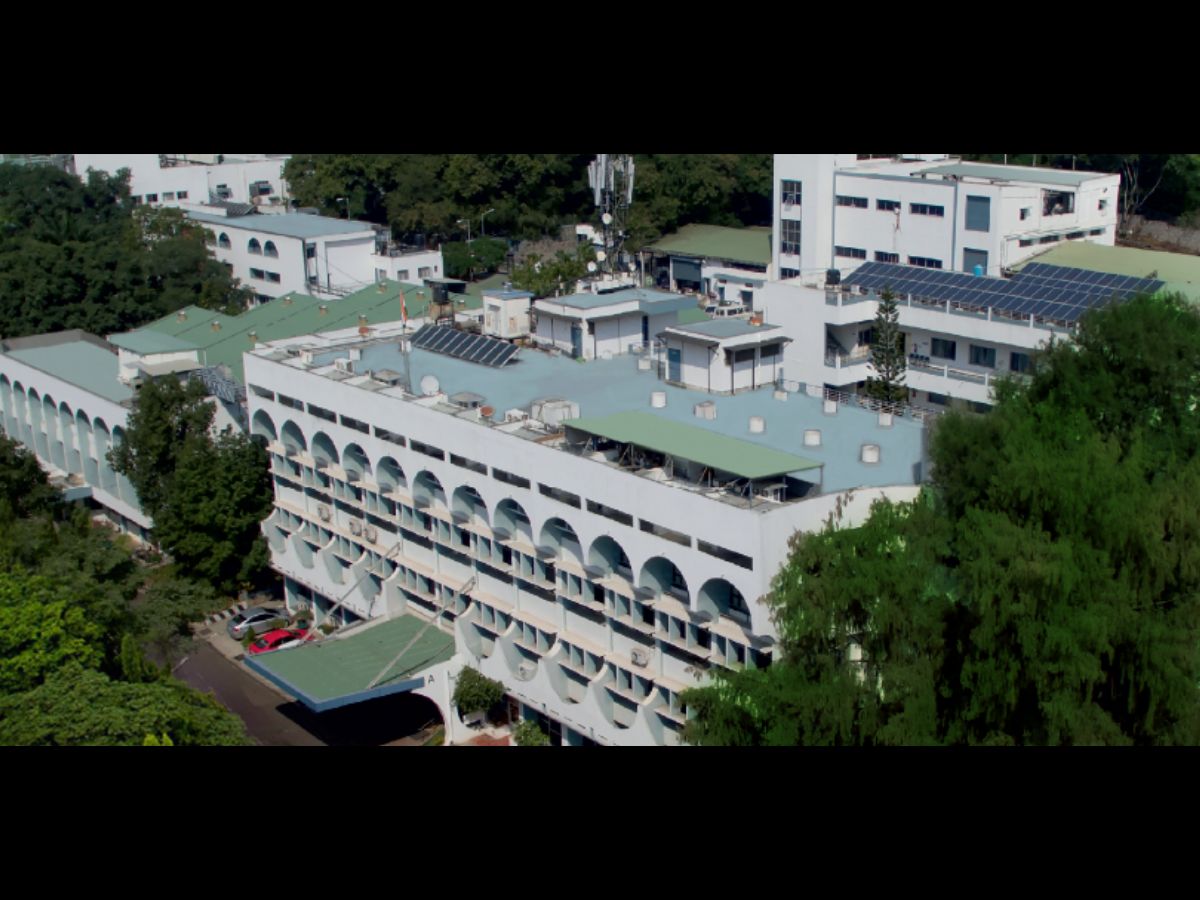How is ‘claimed mileage’ determined by Indian carmakers?

When purchasing a car, one of the crucial factors that prospective buyers consider is fuel efficiency or mileage. In India, where fuel prices are a significant concern for consumers, it becomes even more crucial to have a clear understanding of a vehicle’s claimed mileage. Carmakers often advertise impressive fuel efficiency figures, but have you ever wondered how these numbers are determined? In today’s article, we will try to decode how ‘claimed mileage’ test is conducted.
Claimed mileage test – The Regulatory Framework
To ensure transparency and fairness, the Automotive Research Association of India (ARAI) is the governing body responsible for determining and validating the fuel efficiency figures of vehicles sold in India. Carmakers must adhere to the guidelines provided by ARAI, which are based on a standardised test procedure known as the Modified Indian Driving Cycle (MIDC).
The Modified Indian Driving Cycle (MIDC)
The MIDC is a set of driving patterns that simulate typical urban and highway driving conditions in India. It consists of two parts: the city cycle and the highway cycle. The city cycle replicates stop-and-go traffic, while the highway cycle represents constant speed driving. The duration of the test is approximately 20 minutes, during which the vehicle’s fuel consumption is measured.
Laboratory Testing

Claimed mileage figures are determined through laboratory testing under controlled conditions. The vehicle is placed on a chassis dynamometer, which simulates road resistance and measures the power required to move the car. The fuel consumption is calculated based on the energy consumed during the test.
Claimed mileage test – Test Parameters and Variables

During the test, various parameters and variables are standardised to ensure consistency across different models and manufacturers. Some of these variables include ambient temperature, humidity, tire pressure, and test weight. By controlling these variables, carmakers can achieve consistent results for comparison purposes.
Adjusted Fuel Efficiency Figures
The fuel efficiency figures obtained from the MIDC test are further adjusted to account for real-world driving conditions. A correction factor, known as the “ARAI” mileage, is applied to the laboratory figures to provide a more realistic estimate of the vehicle’s fuel efficiency in everyday use. The “ARAI” mileage takes into consideration factors such as traffic congestion, weather conditions, and driving habits.
Real-World Variations
It’s essential to understand that claimed mileage figures are based on idealised driving conditions and may not always reflect real-world scenarios. Several factors can influence actual fuel efficiency, including traffic conditions, driving style, road conditions, vehicle maintenance, and payload. Therefore, it is advisable to consider claimed mileage as a reference point rather than a guarantee of a vehicle’s actual fuel economy.
Claimed mileage test – Conclusion

Determining claimed mileage figures for cars in India involves following a standardised testing procedure set by the ARAI. The Modified Indian Driving Cycle (MIDC) helps evaluate a vehicle’s fuel efficiency under simulated driving conditions. However, consumers need to remember that real-world driving conditions may differ significantly from the controlled laboratory environment, resulting in variations in actual fuel efficiency.
When considering fuel economy, it is wise to consider claimed mileage as a general benchmark and take into account other factors such as driving habits, maintenance, and external conditions. Consumers should conduct thorough research, read owner reviews, and even test drive the vehicle to get a better understanding of its real-world fuel efficiency performance. By making informed decisions, buyers can ensure they choose a vehicle that meets their expectations in terms of both claimed and actual mileage.
If you have car buying doubts click here to ask! Get the lowest price for car insurance here. For more such content stay subscribed to MotorOctane Youtube, Google News Facebook, and Twitter. Also, follow us on Flipboard and Reddit where we have a discussion community.

Comments